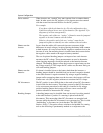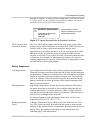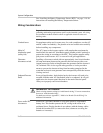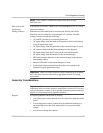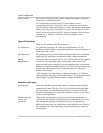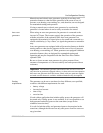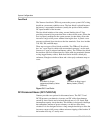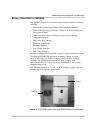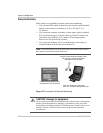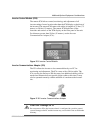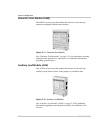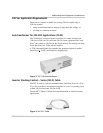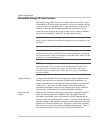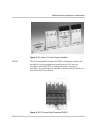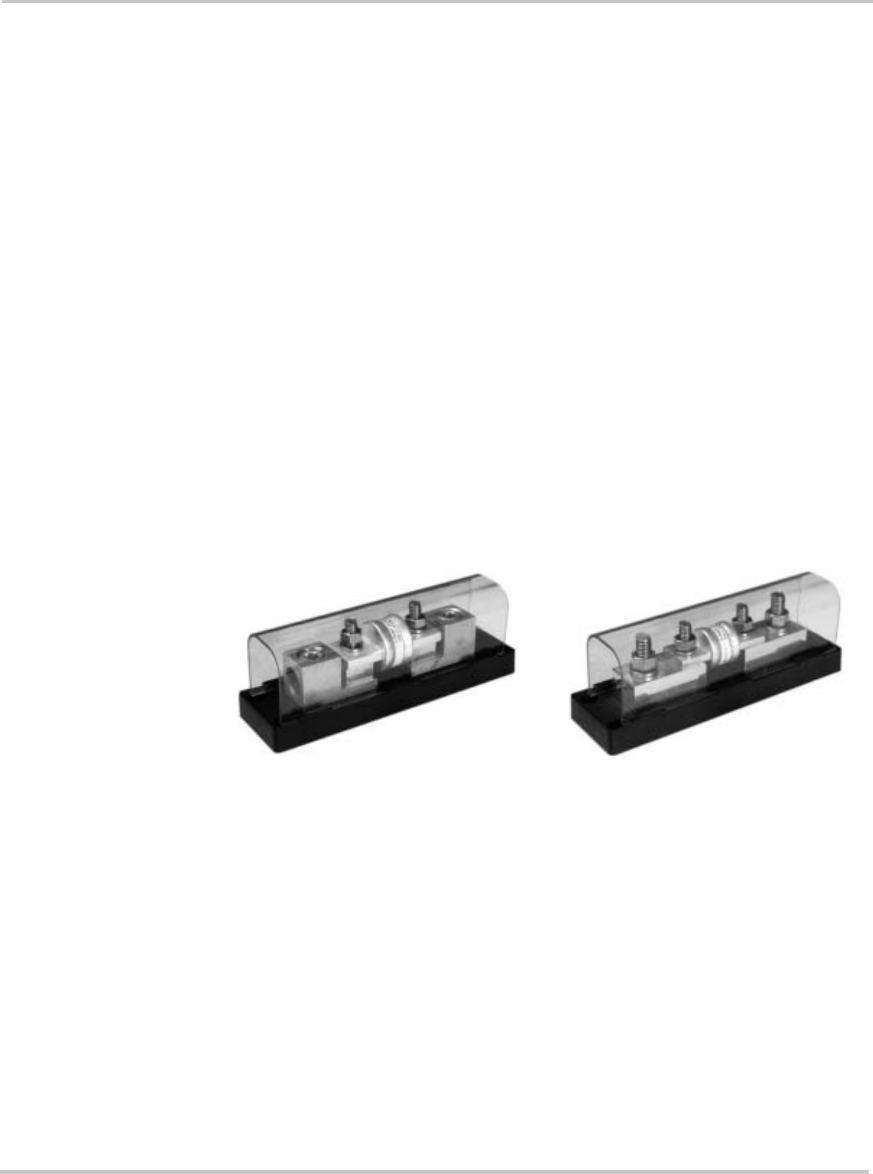
System Configuration
2–24 976-0043-01-02
Fuse Block
The Xantrex fuse block (TFBxxx) protects the power system’s DC wiring
should an overcurrent condition occur. The fuse block is placed between
the battery’s ungrounded conductor (usually the positive cable) and the
DC input terminal of the inverter.
The fuse block includes a fast acting, current limiting class-T fuse
providing extremely fast protection when a short circuit occurs. When the
fuse is properly matched to the system current, its time delay allows the
inverter to surge to full power without blowing the fuse. A plastic cover
prevents accidental short circuits to the fuse terminals. Fuse sizes include
110, 200, 300, and 400 amps.
There are two types of fuse blocks available. The TFBxxxC fuse block
has “set” screw lugs for cables with no terminal connector’s on the ends
(known as C-type or stripped-end battery cables). The TFBxxx fuse block
has stainless steel bolt connections for cables with ring terminals (known
as ring-lugged battery cables). Both fuse blocks include a black poly
carbonate, fiberglass reinforced base and a clear poly carbonate snap-on
cover.
DC Disconnect Boxes (DC175/DC250)
Xantrex provides two options for disconnect boxes. The DC175 and
DC250 protects your batteries, inverter, and DC cables from damage
caused by short circuits and overloads through use of a UL listed, high
interruption capacity circuit breaker. This breaker is designed to interrupt
the tremendous amount of power a battery can deliver when short
circuited. It is also designed to have a long enough time delay to allow the
inverter to surge to full power without nuisance tripping of the breaker. If
the breaker does trip, it’s easily reset.
Figure 2-6
Fuse Blocks
Fuse Block for C-type
(stripped end) Battery Cables
(TFBxxxC)
Fuse Block for Ring-lugged
Battery Cables (TFBxxx)



